Every spring while driving Hwy 280 on the way to the S.F. Flower & Garden Show, I enjoy the beautiful combination of Western redbuds blooming vivid fuchsia alongside electric blue flower clusters. It’s a sight that always excites me. In early spring there are many other plants that bloom at the same time creating colorful vignettes. Here are some of my favorites that I’ve used.
Shady gardens come to life when Valley Valentine Lily-of-the-Valley shrub ( Pieris japonica ) is planted in the same area as Bleeding Hearts, Geranium Biokova and Red-leaf Japanese maple. If you’ve never seen this shrub covered with hundreds of rose colored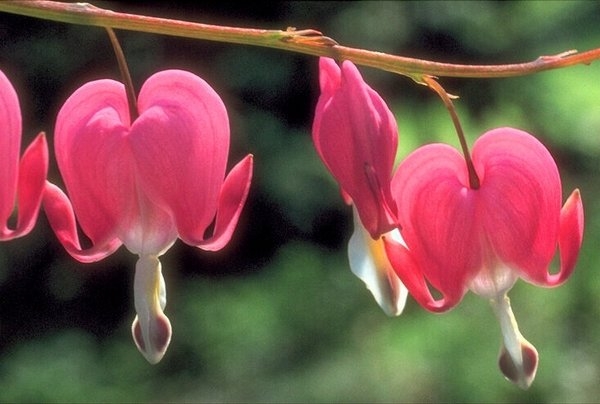 , tiny urn-shaped bells you’ve missed a spectacular sight. The flower buds form in fall and are colorful all winter then open slowly over many months. This plant sails through winter weather, hardy to 0 degrees and is scorned by deer. Even the bark is beautiful on this 5-7 ft evergreen shrub. Add a Red-leaf maple underplanted with pink and white Bleeding Hearts and pale pink Biokova geraniums and your woodland scene is complete.
, tiny urn-shaped bells you’ve missed a spectacular sight. The flower buds form in fall and are colorful all winter then open slowly over many months. This plant sails through winter weather, hardy to 0 degrees and is scorned by deer. Even the bark is beautiful on this 5-7 ft evergreen shrub. Add a Red-leaf maple underplanted with pink and white Bleeding Hearts and pale pink Biokova geraniums and your woodland scene is complete.
A beautiful combination for a sunny garden in spring is Spanish lavender Dedication blooming near a Pink Breath of Heaven. Add the strappy leaves of a apricot striped Sundowner New Zealand flax and you’ve created a beautiful addition to your garden.
Sundowner is one of the larger phormiums reaching 6 ft when happy so allow it room and make this your focal point. Lavender Dedication is a stocky 2×3 ft plant that blooms all spring into summer and often repeats if sheared. Short, fat 2" flower spikes have 4 flag-like bracts resembling rabbit ears. Pink Breath of Heaven bears tiny flowers that cover the plant winter and spring and can continue scattered bloom at any other time. The delicate slender leaves are fragrant when brushed or bruised and would be nice along a path where you can enjoy the foliage fragrance. All three of these plants are drought tolerant and deer resistant.
Another nice combo for the sun is Bush Morning Glory planted with Erysimum Orange Zwerg and Echeveria imbricata (Hens and Chicks). If you’ve been wanting to add just a touch of orange to your garden, the dainty 18" tall Orange Zwerg erysimum cooled off with the silky smooth, silvery leaves of Bush Morning Glory is just the ticket. This small mounding erysimum is actually a golden orange and contrasts nicely with the fast growing 2-4 ft Bush Morning Glory. Hens and Chicks in the foreground with their blue green succulent rosettes and loose clusters of bell-shaped orang-red flowers complete the picture. All these are also low water use plants.
When planning, re-arranging or adding to the garden it’s smart to keep plants together that have similar water requirements. That way you won’t overwater and waste water. You still have time to move any plants or shrubs that are in the wrong place. The weather is still cool and they can settle in before the hot weather arrives. If you have just one plant that needs regular watering among low water use plants you’ll be watering everything more to keep that one alive. Transplant it to another spot and your water bill will reflect this savings come this summer.

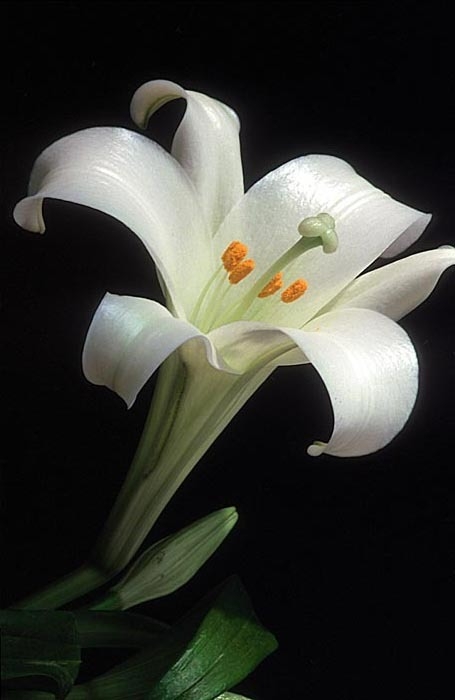 to come up in the garden. The shoots are now about 6" tall but they are a long way from blooming and I’m looking forward to those huge, fragrant, white trumpet-shaped flowers. Still I pick up a few new blooming plants each year to enjoy now and celebrate Easter. It’s a tradition that marks spring along with decorating eggs, chocolate bunnies and Easter baskets.
to come up in the garden. The shoots are now about 6" tall but they are a long way from blooming and I’m looking forward to those huge, fragrant, white trumpet-shaped flowers. Still I pick up a few new blooming plants each year to enjoy now and celebrate Easter. It’s a tradition that marks spring along with decorating eggs, chocolate bunnies and Easter baskets.  refers to the position in the sky of the constellation Leo, the lion, at the beginning of the month and Aries, the ram or lamb, at the end. As I write this week’s column, the saying rings true so far this month. Beautiful weather and more daylight hours to enjoy it. What’s not to like?
refers to the position in the sky of the constellation Leo, the lion, at the beginning of the month and Aries, the ram or lamb, at the end. As I write this week’s column, the saying rings true so far this month. Beautiful weather and more daylight hours to enjoy it. What’s not to like? 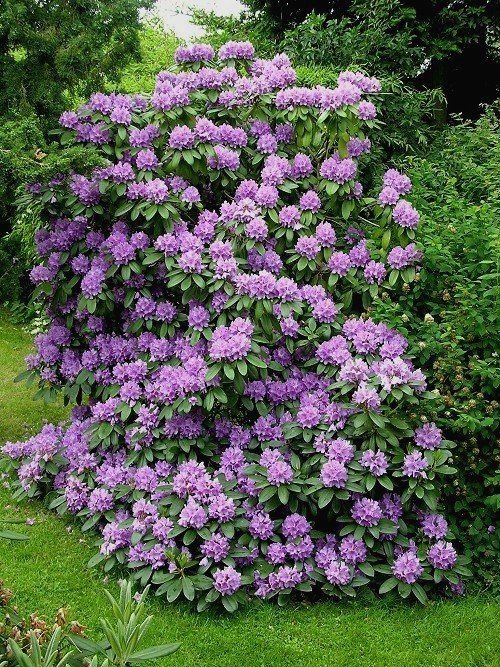 around the plants as this would injure the surface roots. Finally, most rhodies thrive in partial shade or morning sun. The hot afternoon sun that we get during the summer would burn even those varieties that tolerate some sun. Since their leaves remain on the plant for several years you’d have to live with burnt leaf centers and edges for a long time if they got too much sun.
around the plants as this would injure the surface roots. Finally, most rhodies thrive in partial shade or morning sun. The hot afternoon sun that we get during the summer would burn even those varieties that tolerate some sun. Since their leaves remain on the plant for several years you’d have to live with burnt leaf centers and edges for a long time if they got too much sun. 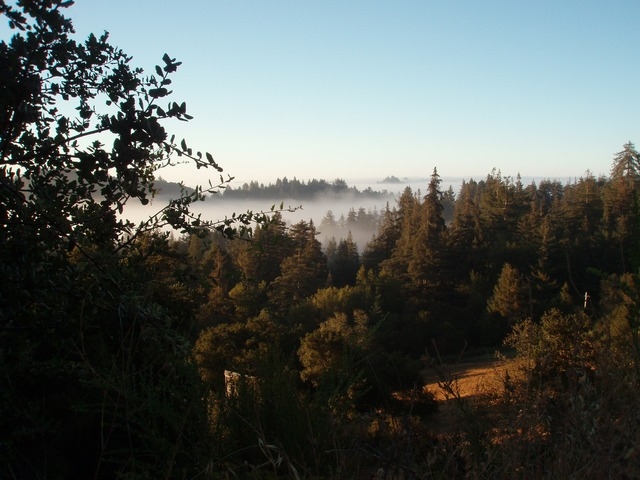 . I’ve kept a weather journal for my area, the San Lorenzo valley, since 1992. Based on my records, we may get a few light frosts, especially after a storm, in late March or early April but for the most part, we have mostly passed the chance of having a frosty morning. Still it’s a good idea to have a cardboard box or blanket ready to protect your young seedlings.
. I’ve kept a weather journal for my area, the San Lorenzo valley, since 1992. Based on my records, we may get a few light frosts, especially after a storm, in late March or early April but for the most part, we have mostly passed the chance of having a frosty morning. Still it’s a good idea to have a cardboard box or blanket ready to protect your young seedlings. 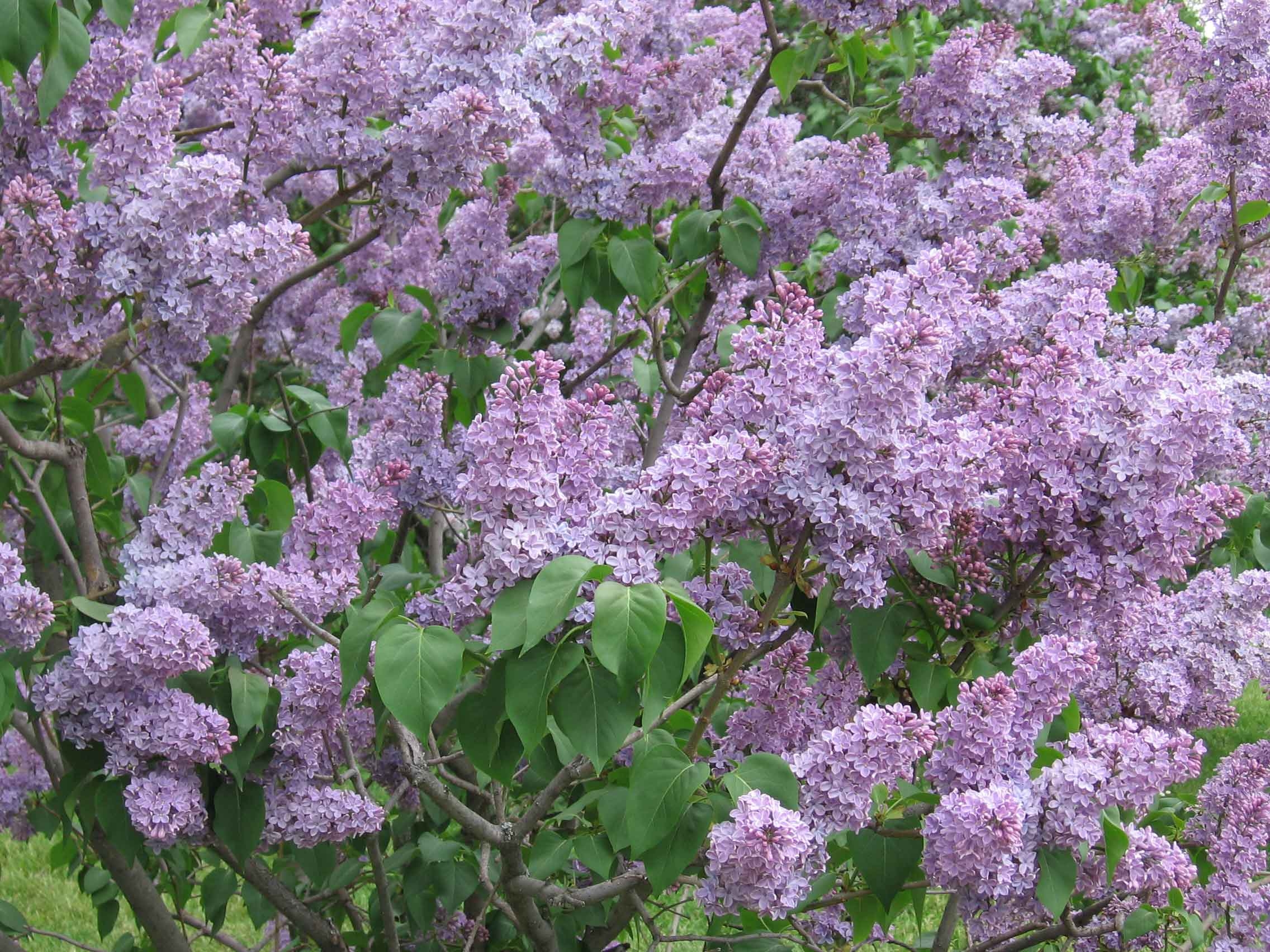 nce. Lavender Lady lilac would bring delicious fragrance to the garden. How about adding an accent tree like a Echtermeyer weeping crabapple with purple-red blooms? The birds love the wine red fruit that hand on the tree during the winter. Forest Pansy redbud also look terrific in the garden. Their burgundy heart shaped leaves turn orange in the fall are an added bonus after bright magenta spring flowers.
nce. Lavender Lady lilac would bring delicious fragrance to the garden. How about adding an accent tree like a Echtermeyer weeping crabapple with purple-red blooms? The birds love the wine red fruit that hand on the tree during the winter. Forest Pansy redbud also look terrific in the garden. Their burgundy heart shaped leaves turn orange in the fall are an added bonus after bright magenta spring flowers.